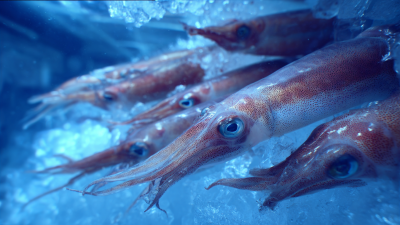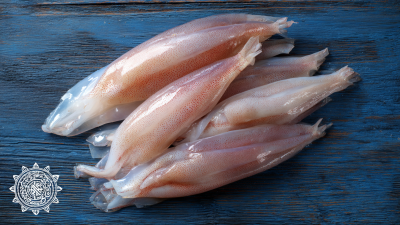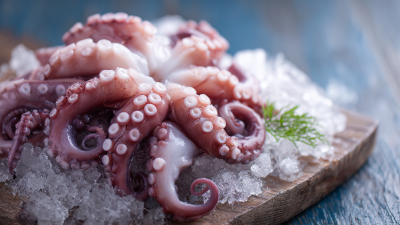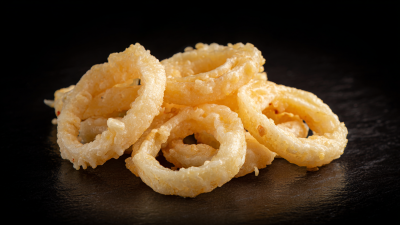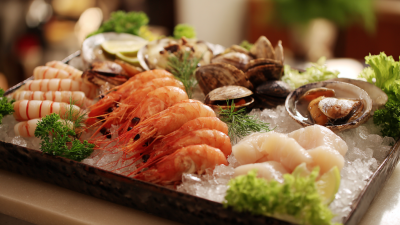When it comes to the global seafood market, sourcing high-quality frozen seafood mix can be a daunting task for businesses and culinary enthusiasts alike. With the increasing demand for diverse seafood options and the complexities of international supply chains, understanding key strategies for procurement becomes essential. This blog will delve into five critical tips that will help you navigate the intricacies of sourcing frozen seafood mix effectively. By focusing on quality, sustainability, and supplier relationships, you can ensure that the frozen seafood you bring to your table not only meets culinary standards but also supports ethical sourcing practices. Join us as we explore the best practices for obtaining the finest frozen seafood mix from around the world, enabling you to elevate your seafood offerings with confidence and integrity.

When sourcing quality frozen seafood mixes globally, it's crucial to evaluate them based on key metrics that ensure freshness, taste, and safety. According to the Global Seafood Market Report 2023, nearly 80% of consumers prioritize quality over price when selecting seafood products. This statistic underscores the importance of rigorous quality assessment in sourcing practices.
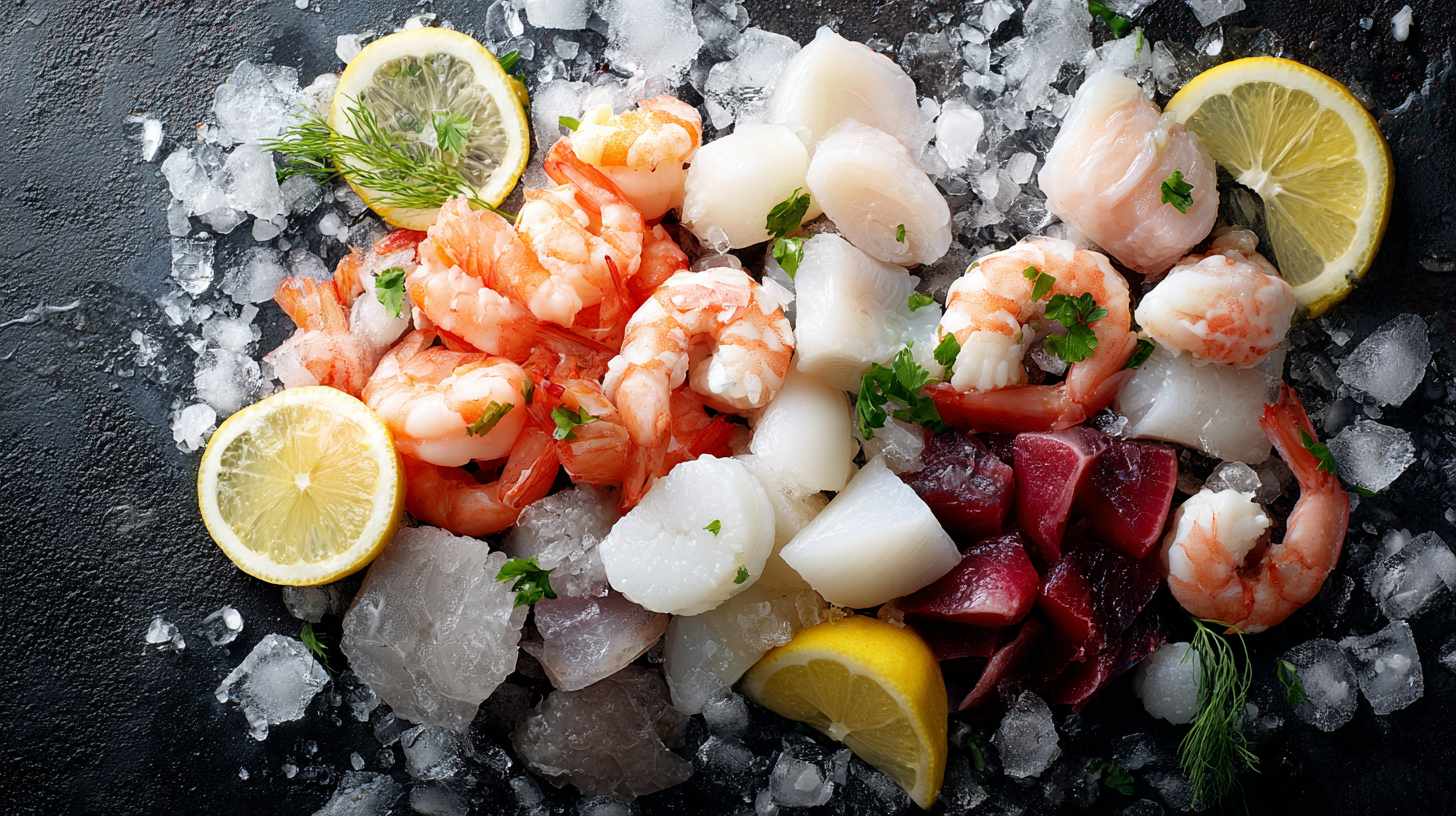
One essential metric is the origin traceability of the seafood. Knowing where the seafood is sourced from helps determine its freshness and the sustainability practices of the suppliers. In 2022, a study found that traceable seafood had a 25% lower risk of contamination, emphasizing the need for transparent supply chains. Additionally, assessing packaging integrity plays a vital role; quality frozen seafood should be vacuum-sealed to prevent freezer burn and maintain flavor.
Another critical factor is laboratory testing for contaminants. Seafood products undergo stringent checks for heavy metals and pathogens. The Seafood Safety Certification Report indicates that compliant products showed a 40% lower incidence of harmful contaminants. Implementing rigorous testing protocols is a crucial tip for businesses to ensure that their seafood offerings meet high safety standards, thus enhancing consumer trust and market competitiveness.
Understanding the global supply chain for frozen seafood reveals significant growth trends driven by rising demand and advancements in cold chain logistics. The cold chain packaging market is projected to escalate from $28.14 billion in 2024 to approximately $64.49 billion by 2032, reflecting a robust compound annual growth rate (CAGR) of 11.09%. This dramatic expansion highlights the crucial role of maintaining appropriate temperature conditions throughout the supply chain, ensuring the quality and safety of frozen seafood products from initial processing to final sale.
The shrimp market exemplifies this growth, with an impressive valuation of $40.35 billion in 2023. It is expected to increase to $42.9 billion by 2024, ultimately reaching about $74.24 billion by 2032, supported by a CAGR of 7.09%. This surge is a testament to the escalating consumer preference for frozen seafood, underlining the necessity for efficient cold chain logistics that can deliver high-quality products globally. As businesses navigate the complexities of sourcing frozen seafood, understanding these trends and leveraging data will be essential to capitalize on the opportunities within the expanding global seafood market.
When sourcing premium frozen seafood, understanding the top regions for procurement is critical. According to a recent report by the Food and Agriculture Organization (FAO), Asia dominates the global frozen seafood market, contributing over 60% of the world’s supply. Specific countries like China, Thailand, and Vietnam have emerged as leading exporters, thanks to their advanced aquaculture practices and efficient supply chains. For instance, Thailand alone exported approximately 1.3 million metric tons of frozen seafood in 2020, showcasing its strength in the industry.
In addition to Asia, Europe also plays a significant role in sourcing quality frozen seafood. Norway stands out as a top player, particularly in the export of high-quality frozen salmon, which has seen a 23% increase in export volume over the last three years. Moreover, emerging markets in Africa are gaining traction, with countries like Namibia and South Africa representing untapped resources for sustainable seafood sourcing. Industry reports indicate that the demand for responsibly sourced seafood is on the rise, particularly among consumers in North America and Europe, thus placing regions with stringent sustainability practices at an advantage.
| Region | Key Products | Average Price per Kilo ($) | Export Volume (Metric Tons) | Quality Rating (out of 10) |
|---|---|---|---|---|
| North America | Shrimp, Salmon | 15.00 | 120,000 | 9 |
| Asia | Fish Fillets, Squid | 8.50 | 200,000 | 8 |
| Europe | Cod, Herring | 12.00 | 90,000 | 9 |
| Latin America | Tilapia, Lobster | 11.50 | 70,000 | 8 |
| Africa | Sardines, Catfish | 7.00 | 50,000 | 7 |
When sourcing frozen seafood globally, it's essential to adhere to sustainability standards to ensure the health of our oceans and the longevity of seafood supply chains. Sustainable seafood sourcing involves choosing products from fisheries and aquaculture operations that prioritize eco-friendly practices. This ensures that marine life is preserved, habitats are protected, and fishing communities can thrive. Familiarizing yourself with certifications like the Marine Stewardship Council (MSC) and the Aquaculture Stewardship Council (ASC) can greatly aid in determining which products align with these essential standards.
Moreover, engaging with suppliers who are committed to sustainable practices can foster a responsible sourcing strategy. It's crucial to ask questions about their sourcing methods, traceability, and adherence to international regulations. Transparency in the supply chain helps ascertain the environmental impact of the products. By prioritizing suppliers who practice responsible fishing and aquaculture, you not only contribute to protecting marine ecosystems but also build a reputation for offering quality, ethically sourced seafood to your customers. This commitment not only satisfies consumer demand for sustainable options but also paves the way for a more resilient seafood industry.

When sourcing frozen seafood mixes globally, understanding the price points across different markets is crucial for making informed purchasing decisions. Various factors such as local demand, transportation costs, and the availability of species play a significant role in determining prices. For instance, Asian markets often offer lower prices due to their proximity to fishing zones and well-established supply chains. In contrast, European markets might experience higher prices due to stricter regulations and quality assurance processes, which can enhance the perceived value of their seafood products.
Furthermore, regional preferences for certain types of seafood can also impact pricing dynamics. In North America, the demand for sustainable and organic seafood options drives up costs, as suppliers invest in eco-friendly practices. Meanwhile, some emerging markets may offer competitive pricing but could compromise on quality or sustainability. By conducting a comparative analysis of these price points, businesses can strategically source frozen seafood mixes, ensuring they align with their quality standards while optimizing costs. Understanding these market nuances is essential for any company looking to thrive in the global seafood trade.

